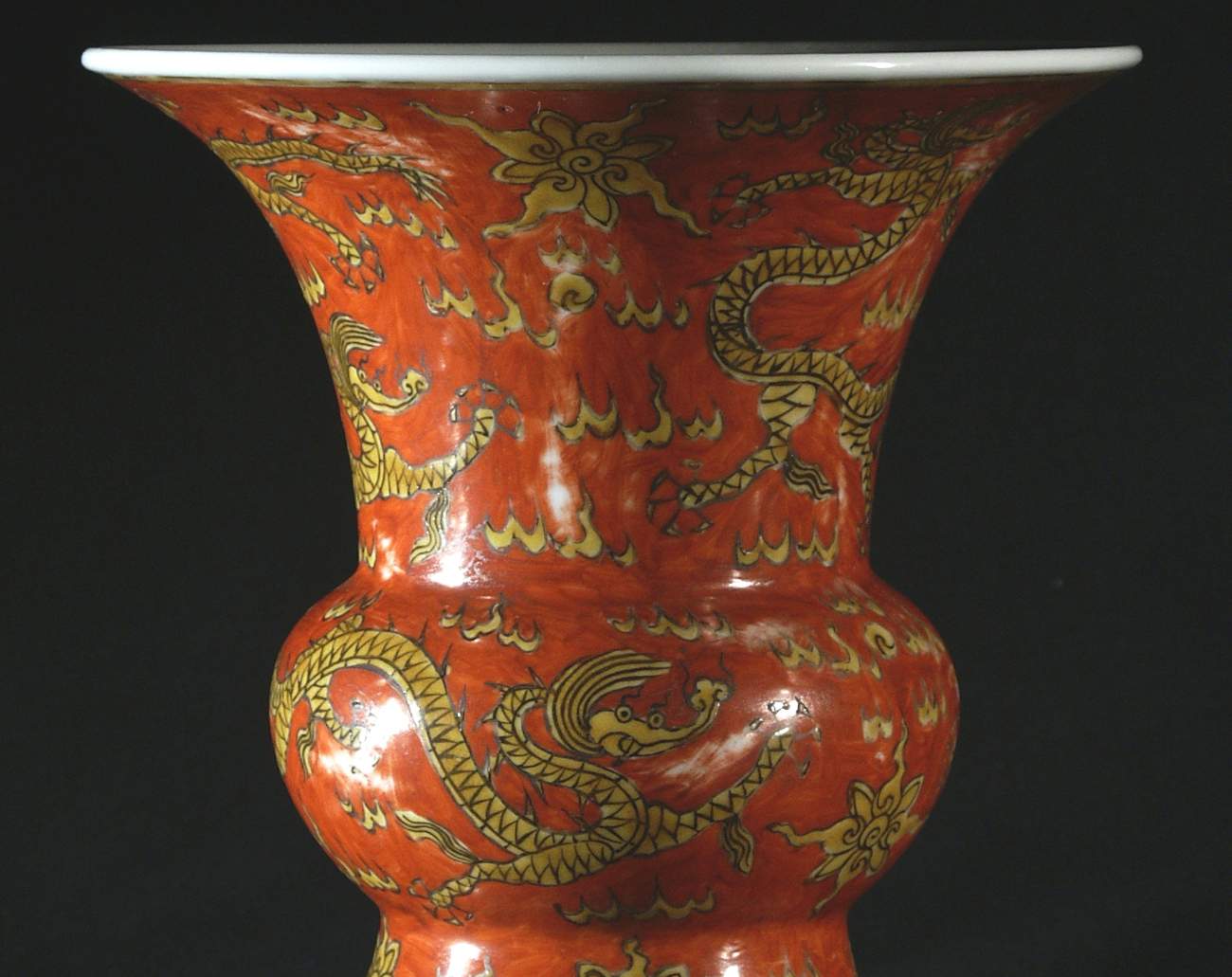The fake in world cultures: an exhibition on the theme at the Museum of Chinese Art and Ethnography in Parma
From March 9 to June 29, 2024, the Museum of Chinese Art and Ethnography in Parma presents the exhibition Fake , Deceived and Deceivers, offering a journey into the fake among the world’s cultures. In fact, the theme of fakes also involves ethnography and Asian arts. Style, era, and author are the three major paradigms that can decree the falsity of a work. The production of the fake, which presupposes great knowledge and sensitivity to the pure and original artistic source, stems from an original beauty and so is transmitted in the fake.
The exhibition displays twenty-three works that have been the subject of great debate in the twentieth century among scholars, and are normally stored in the vault, thus unknown to the public. Vases and statues in terracotta and porcelain, bowls, flasks, watercolor or tempera or ink paintings on paper, silk or canvas in which the styles of the Chinese Tang or Song dynasties, as well as reproductions of ancient bronze or wooden statues, or Amazonian ritual diadems made of plant fiber, jars, masks and fetishes from Benin, Congo and Cameroon.
“This exhibition, in addition to revealing part of our heritage that is normally not on display, wants to make us reflect on the concept of fake in art as in life,” said museum director Chiara Allegri. “What do we consider false? What leads us to consider a work to be fake? In a historical moment that sees the entry of new processes and tools related to artificial intelligence, it is necessary more than ever to clarify what our society considers false. In the case of art and ethnography, falsity is inherent in the process of creation that takes from ancestors an artistic style they created and, handling it perfectly, makes it their own.” “Is it then bad faith, driven by business and greed, the motivation to make a false object? Or is it rather the emulation of artistic models reputed to be sources of perfection? It is our intent to reveal that even behind imitative artistic paths, stylistically or conceptually, ferments of rare beauty can be hidden regardless of the path of origin and production. Once again this path of exposure and experience is allowed to us thanks to the great ethnographic collections started in 1901 by St. Guido Maria Conforti, founder of the Xaverian Missionaries congregation and the Chinese Museum,” the director concludes.
For info: www.museocineseparma.org
Hours: Tuesday through Saturday from 9 a.m. to 1 p.m. and 3 to 7 p.m. Sunday from 3 to 7 p.m. A visit to the exhibition is included in the museum entrance fee.
 |
| The fake in world cultures: an exhibition on the theme at the Museum of Chinese Art and Ethnography in Parma |
Warning: the translation into English of the original Italian article was created using automatic tools. We undertake to review all articles, but we do not guarantee the total absence of inaccuracies in the translation due to the program. You can find the original by clicking on the ITA button. If you find any mistake,please contact us.



























